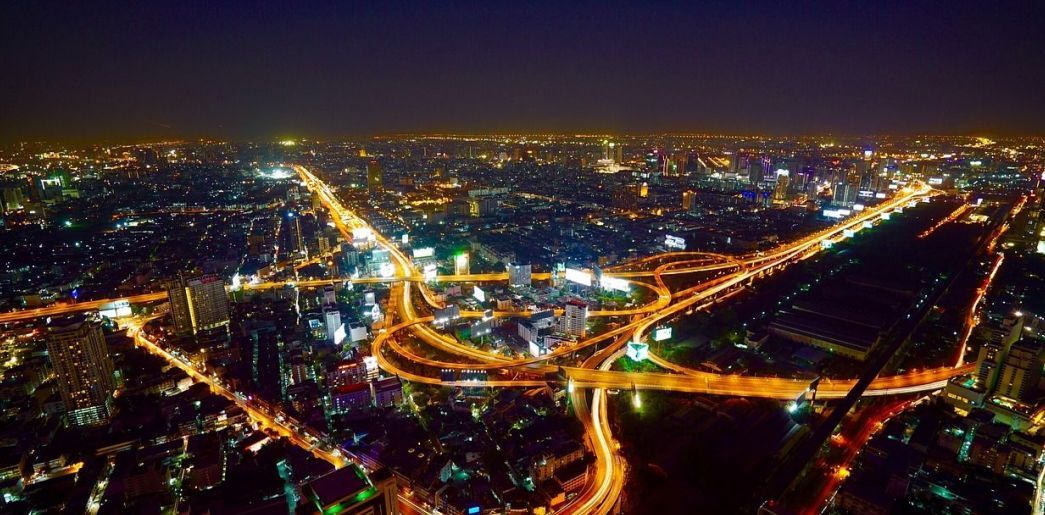AÑO
2019
CATEGORÍA
Comunidad
OBJETIVOS
Acción por el clima
PAL. CLAVE
climate adaptation, Major floods, rain water
PAÍS
Thailand
CRÉDITOS
Landscape architect Kotchakorn Voraakhom, founder and CEO of Porous City Network,
LINK
https://www.weforum.org/agenda/2018/09/bangkok-has-created-a-sponge-park-to-combat-future-flooding?utm_source=Facebook%20Videos&utm_medium=Facebook%20Videos&utm_campaign=Facebook%20Video%20Blogs
A sponge park
Adapting to climate change is a huge challenge for major cities, especially those in coastal areas.
To help the city combat the effects of climate change, Thai landscape architect Kotchakorn Voraakhom has created a public park in Bangkok designed to withstand frequent flooding. During rainy season the park collects and stores water that is then used for irrigation in the dry season. This design method is called “urban porosity”, and Voraakhom is the founder and CEO of Porous City Network, a landscape architecture social enterprise working to increase urban resilience in Southeast Asian cities.
“We want to re-introduce permeable surface back into the city, through a network of public green spaces projects, like small parks, urban farms, and canals. Urban porosity is critical to managing water stress in Bangkok,” says Voraakhom.
Capturing rainwater:
The park takes up 11 acres at the centre of Chulalongkorn University and includes space for outdoor meetings, an amphitheatre, a lawn for recreation, playgrounds, and a small museum. Crucially, though, it has been built to flood.



